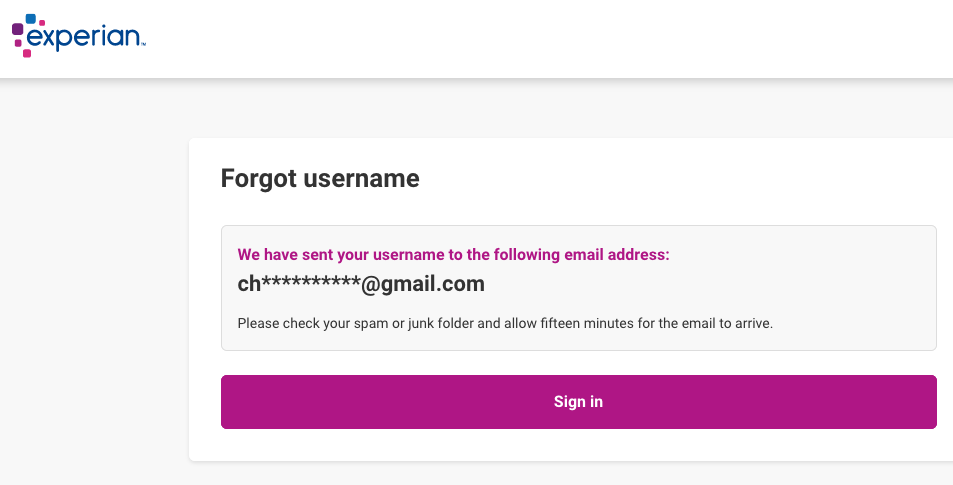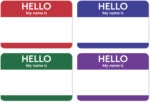How to go incognito in Chrome, Edge, Firefox, and Safari

Private browsing. Incognito. Privacy mode.
Web browser functions like those trace their roots back more than a decade, and the feature — first found in a top browser in 2005 — spread quickly as one copied another, made tweaks and minor improvements.
But privacy-promising labels can be treacherous. Simply put, going “incognito” is as effective in guarding online privacy as witchcraft is in warding off a common cold.






